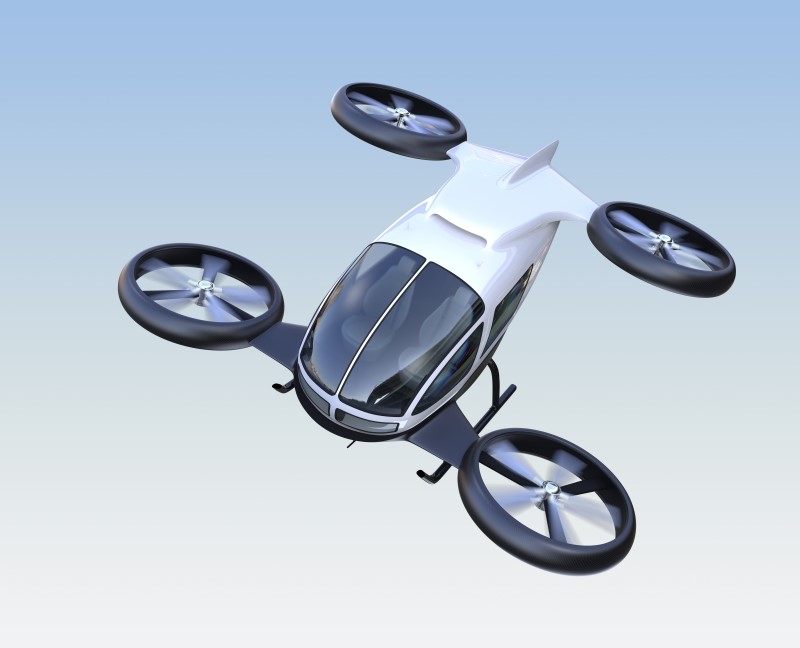2.5 Hour Webinar. Took place 7 June 2018
System identification methods are ideally suited for rapidly determining bare-airframe simulation models of fixed-wing and rotorcraft UAVs, since UAV configurations change widely throughout their development process. Also the parameters needed for a physics-based model are often poorly known for UAVs, or the modeling assumptions do to correspond well to the physical characteristics of modern UAV configurations. A full-flight envelope UAV simulation can be obtained from “stitching” together only a few point identification models, obtained from a very limited flight-testing program. This webinar will review the fundamentals of the frequency-response method for UAV aircraft and rotorcraft system identification. Special methods are needed for modern multi-copter or eVTOL configurations with highly redundant controls. Identifications methods and results are illustrated with many recent UAV examples. Particular emphasis is given to the important role of system identification in UAV flight control development, implementation verification, and documentation of performance. The webinar reviews key methods, computational tools, and complimentary reference material. The lecture material was followed by a question and answer period.

Learning Objectives
- Review of frequency-response method for system identification
- Instrumentation, flight testing, kinematic consistency
- Determining bare-airframe response during closed-loop testing
- Identification with partially and fully correlated inputs, over-actuated systems
- System identification of full-scale rotorcraft UAV
- System identification for small-scale rotorcraft and fixed-wing UAVs
- Full-flight envelope simulation using system ID models and model stitching
- Integrated flight vehicle and flight control model validation, and performance assessment
Audience
The Webinar is intended for practicing engineers and graduate students interested in learning the principles and applications of system identification for unmanned aircraft and rotorcraft. The Webinar assumes some basic knowledge of the concepts of: dynamics, frequency-responses, transfer functions, and state-space representations. The course is not highly mathematical and no experience with other tools is a prerequisite.
Instructors
Dr. Mark Tischler is a Senior Technologist and Flight Control Technology group leader with the U.S. Army Aviation Development Directorate at Moffett Field, CA. Tischler headed the development of widely-used tools for dynamics and control analysis and has been involved in numerous flight-test projects. He has published widely in this field and is the author of Aircraft and Rotorcraft System Identification: Engineering Methods With Flight Test Examples, 2nd Edition (AIAA 2012), Practical Methods for Aircraft and Rotorcraft Flight Control Design: An Optimization-Based Approach (AIAA 2017), and Advances in Aircraft Flight Control (Ed) (AIAA and Taylor & Francis, 1996).